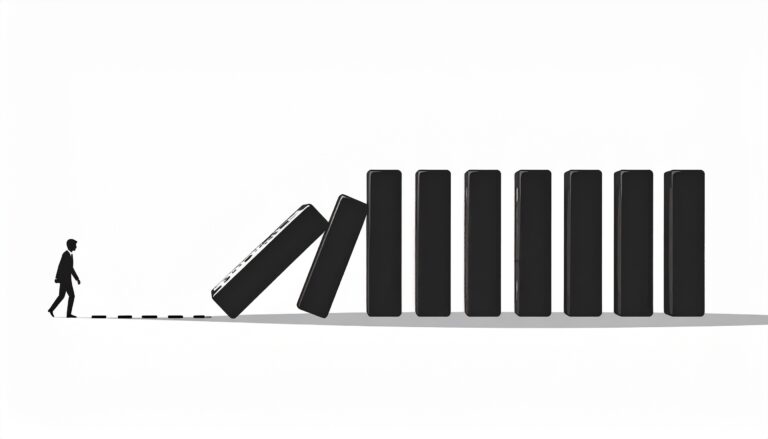Tariff cut on chemicals, plastic stokes concerns
The Breakdown
Pakistan’s specialty chemicals and plastics sector is facing a pivotal inflection point as proposed reductions in import tariffs raise alarm within the domestic industry. Industry leaders argue that abrupt policy shifts threaten the sector’s stability and its critical contributions—including GDP generation, job creation, and foreign exchange savings. While intentions to spur export-led growth are clear, there is mounting concern that unplanned tariff reductions may undermine a sector already strained by high operating costs, heavy taxation, and competitive asymmetry with global peers. The call from industry is for protection, thoughtful consultation, and a sequenced approach to structural reform.
Analyst View
The underlying market signals reveal a sector operating under severe cost and operational pressures, with little margin to absorb further import-driven competition. Domestic producers, facing escalating costs of energy, capital, and compliance, highlight their investments in local capacity and efficiency improvements. These efforts demonstrate industry commitment and resilience, yet structural disadvantages—particularly versus neighboring markets with more favorable fiscal regimes—undercut global competitiveness.
Government-driven market interventions, such as tariff revisions, are not taking place in a vacuum. Demand for specialty chemicals and plastics in downstream industries remains robust, but the sector’s ability to capture growth is jeopardized if imports flood the local landscape unchecked. Compounding this threat is the lack of agile, accessible export facilitation for new entrants, and overly complex compliance procedures that challenge all but the most sophisticated players. Moreover, the absence of deep industry dialogue risks creating regulatory misalignment and suboptimal policy choices that ripple through the value chain—from feedstock producers to converters and exporters.
Navigating the Signals
For executive leaders, the key signal is that stability and clarity in the operating environment remain at a premium. Decisions on tariff policy cannot be isolated from the realities of local input costs, competitiveness, and existing regulatory burdens. Companies must interrogate potential scenarios: How will reduced barriers alter demand and price elasticity? Can domestic players retain value chain relevance amid new cost pressures? Are current channels of distribution, collaboration, and export facilitation truly fit for purpose in a more open market?
As industrial policies shift, leadership must develop adaptive strategies and advocacy approaches. Best-in-class players are those who can anticipate not just what the market will demand, but how the rules will change. Internal planning should prioritize agility—a robust understanding of downstream demand drivers, competitor intentions, and regulatory oversight is critical. Industry leaders should ask: Are we doing enough to influence the policy narrative? Have we aligned our investment strategy to withstand regulatory and cost volatility?
What’s Next?
Navigating this environment demands actionable market clarity. Breakthrough Marketing Technology works alongside sector leaders to mitigate risk, drive opportunity, and inform advocacy with data-rich evidence.
- Pinpoint and quantify the shifting drivers of demand and identify resilient growth segments.
- Map competitor responses and anticipate new competitive threats from policy shifts.
- Evaluate value chain vulnerabilities and optimize cost-to-serve in light of new import realities.
- Support leadership with targeted positioning and engagement strategies for regulatory stakeholders.
Our approach equips you to move beyond uncertainty—building consensus and competitive advantage in dynamic, evolving markets.
Source
Understand Your Risk. Seize Your Opportunity.
Take the Breakthrough Market Uncertainty Assessment Guide to pinpoint what’s holding your growth back, and what can accelerate it.


